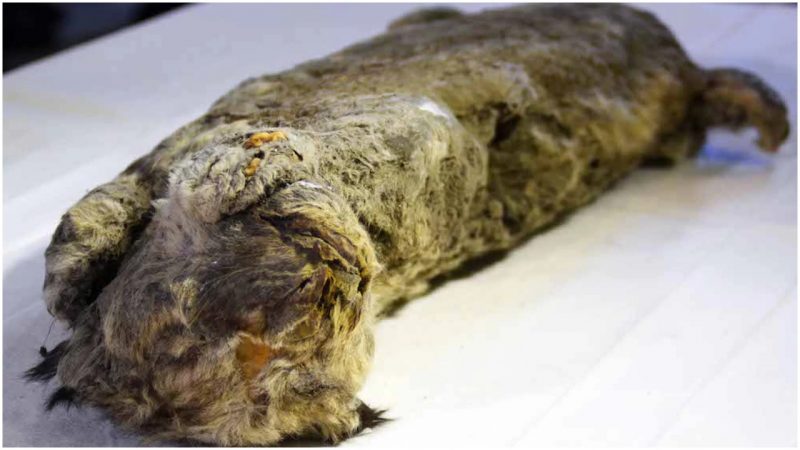Ten thousands of years ago, the cave lion Panthera spelaea, a very intriguing subspecies of the modern-day lion which thrived on the Eurasian plateau, went extinct for reasons unknown.
A powerful ruler of the European steppe, the cave lion roamed territories from Spain to the far-off east of Russia. Fossils and bones have been dug out even in Alaska.
It was a loss of one of the largest subspecies of a lion to have ever traversed our planet. Scientists deem the cave lion was even slightly bigger than the average lion we see today.
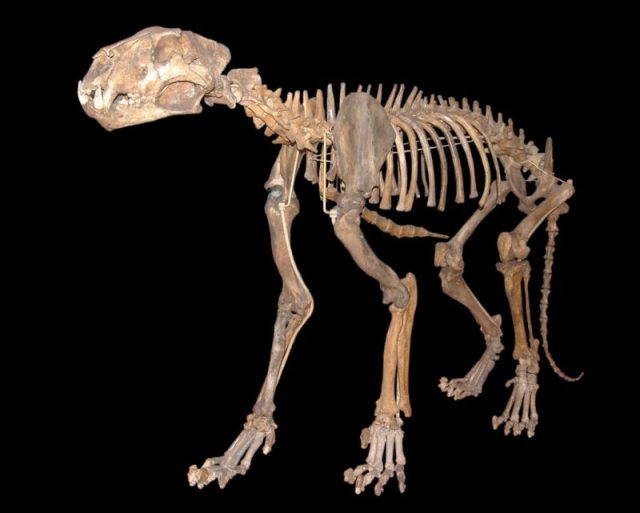
In size, an adult member of the species would have measured up to eight feet in length, and with a weight of 700 to 800 pounds, the creature was more than capable of felling an elephant.
Cave paintings depict the cave lion as sporting pretty powerful limbs and possibly stripes and manes. Perhaps there wasn’t a more spine-chilling predator during the late Pleistocene epoch than this one.
In 2015, the frozen remains of two newborn P. spelaea cubs were found by researchers in Pleistocene-age permafrost in the Russian republic of Yakutia, Eastern Siberia. A third youngster was discovered in the same region in 2017, during mining works. The three small cubs were preserved in such pristine condition that scientists brought de-extinction talks to the table. But is everyone comfortable with the idea?

The first pair of cubs were hailed a “sensational” find due to the way the tiny bodies were preserved, displaying authentic details including fur, paw, soft tissue, even with the whiskers still bristling after so many thousands of year of being permanently frozen.
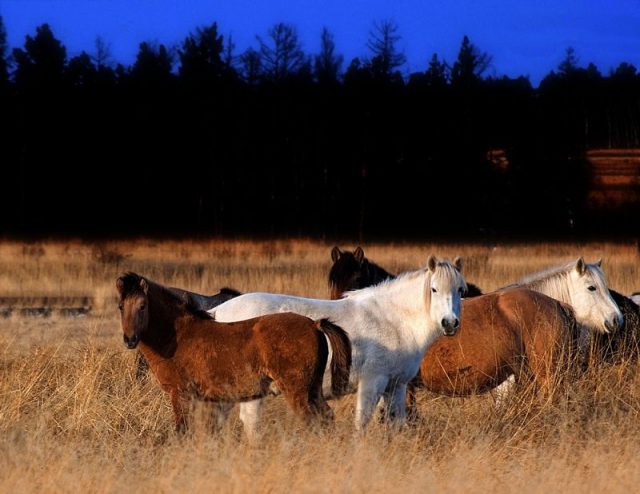
The pair received the names Uyan and Dina. They were excavated from a crevice in the Abyisky district which opened following a summer rise in water levels of the Yandina River. The river flows in the proximity of the Arctic Circle and roughly 600 miles away from Yakutia’s capital, Yakutsk (so, imagine the cold!).
When they were revealed to the public in November 2015, the prehistoric infants gained worldwide attention.
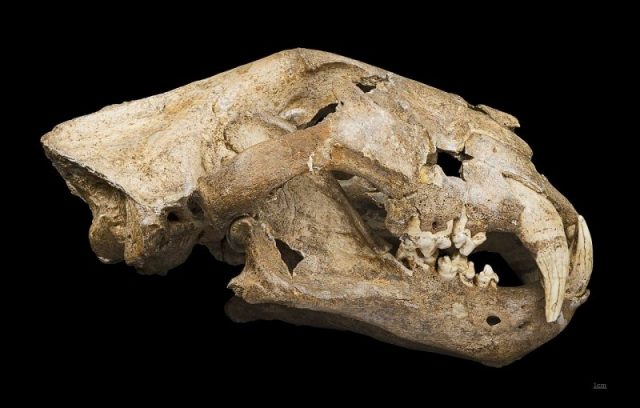
As shared by the Siberian Times, experts proposed that after giving birth, the mother sheltered the infants in a hole or cave to protect them from other predators. But an incident such as a landslide trapped the cubs inside their den, trapping them inside without access to oxygen. Such a scenario in the ice-cold temperatures of Siberia, is likely what helped their preservation.
Lab tests were run on the infant cave lions to ensure they are not carriers of a deadly ancient pathogen. When nothing hostile was found, more tests were run, including radiocarbon dating to establish their true age. The results were fascinating. The cubs were determined to be not been older than a few weeks, having their teeth still forming, would have been born roughly 50,000 years ago.
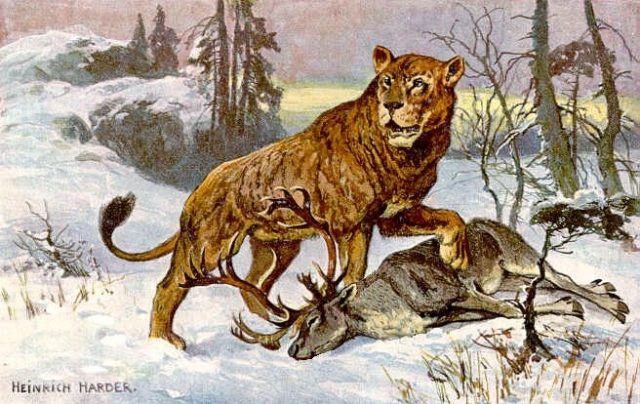
The second discovery took place on the bank of the Tirekhtykh River, also in Yakutia’s Abyisky district. Permanently frozen by the endless cold, the young beast’s head was still resting on its fluffy paws, some 50,000 years later.
According to experts, the newly-found third cub appeared even more well-preserved than the previous two. All its limbs had survived the passage of time, no damage was noticed on the skin, and everything on its face remained clearly recognizable.
“Everyone was amazed then and did not believe that such a thing is possible, and now, two years later, another cave lion has been found in the Abyiski district,” commented Dr. Albert Protopopov, a palaeontologist at the Sakha Republic Academy of Sciences.
While the cubs found in 2015 were merely a few weeks old, the one found in 2017 was a little older. It was still an infant, but its teeth had already formed when its tiny heart stopped beating. Fur was still covering the body, its paws all distinguishable, but the most fascinating part: the position of its face resting on one of the paws.
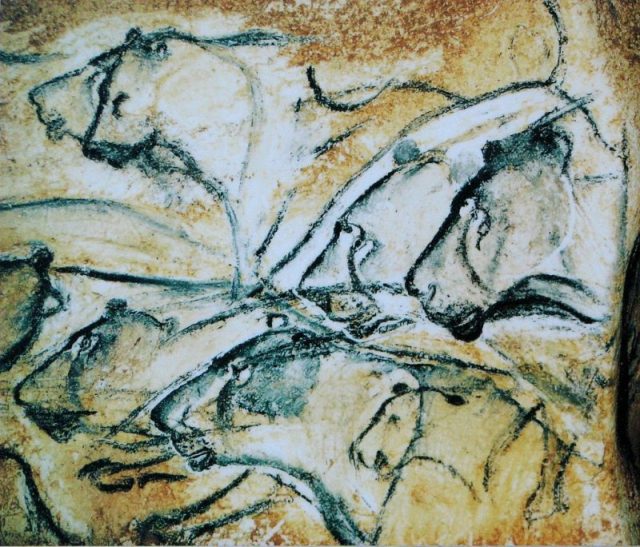
Findings of these types are rare, and the conversation on de-extinction quickly followed indeed. The idea of reviving extinct species has divided the scientific community for years, but the Russian team of scientists researching the cubs seemed eager to explore it further. They announced their intentions in a statement soon after the 2015 find, that the soft tissues preserved might aid a cloning effort, “but we can speak about the results of this work in two or three years.”
In March 2016, South Korean cloning expert Hwang Woo-suk, a noted pioneer in the research effort to bring back the extinct woolly mammoth, traveled to Yakutsk. According to the Siberian Times, Woo-suk took samples of skin and muscles tissue from Dina, the female of the pair.
At the time, the other cub was not subjected to any research. As Dr. Protopopov remarked, “We intend to keep it for the future.” He adds, “The methods of research are constantly being improved, about once a decade there is a mini-revolution in this area. So we will do everything possible to keep this carcass frozen for as long as possible.”
The third cub of 2017 only further stimulated the conversation of bringing this and other species back to life.
Read another story from us: Christian Charity Received Mammoth Bones in a Donation Box
Even if nothing substantial develops out of the cloning experiments, in-depth research on the preserved cubs might in the end offer answers as to why the cave lion went extinct thousands of years ago. One theory suggests that it was due to a declining population of cave bears and deer that led to the demise of the cave lion — a disturbance in the food chain which could have well been fueled by none other than a small group of Homo Sapiens.
